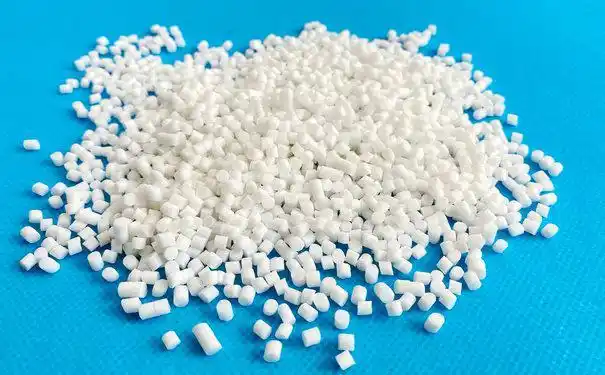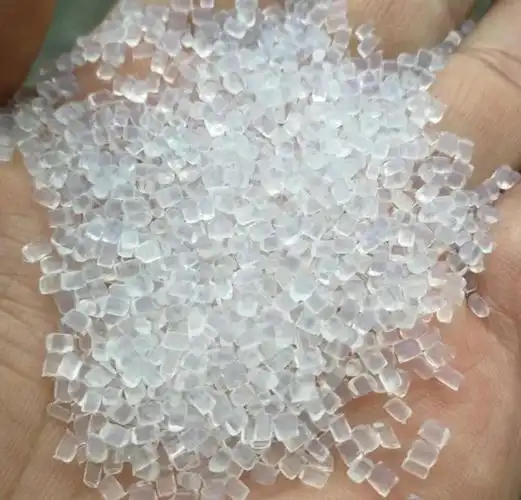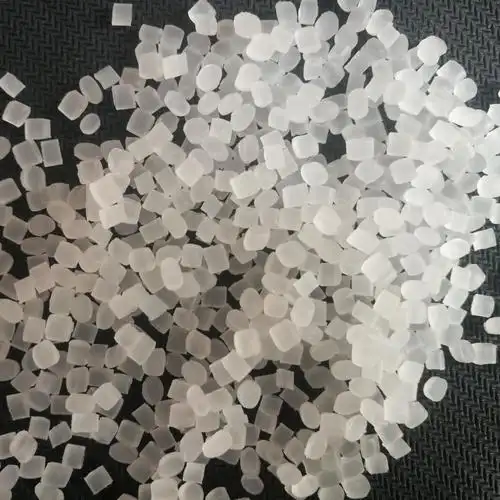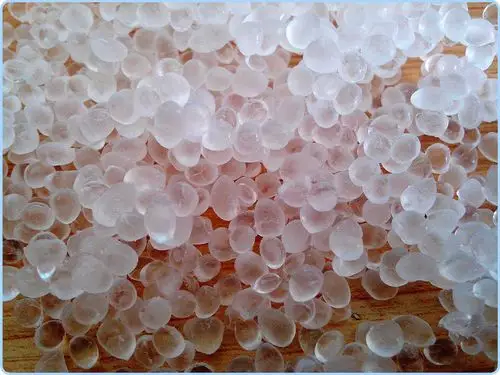Can TPE and TPU Be Blended for Use?
Having worked in the plastics industry for over a decade, I’ve fielded countless questions about material combinations, each with its own quirks and possibilities. One question that keeps popping up is whether thermoplastic elastomers (TPE) and thermoplastic polyurethanes (TPU) can be mixed for practical use. It’s a topic that sparks curiosity among manufacturers, product designers, […]
Can TPE and TPU Be Blended for Use? Read More »







